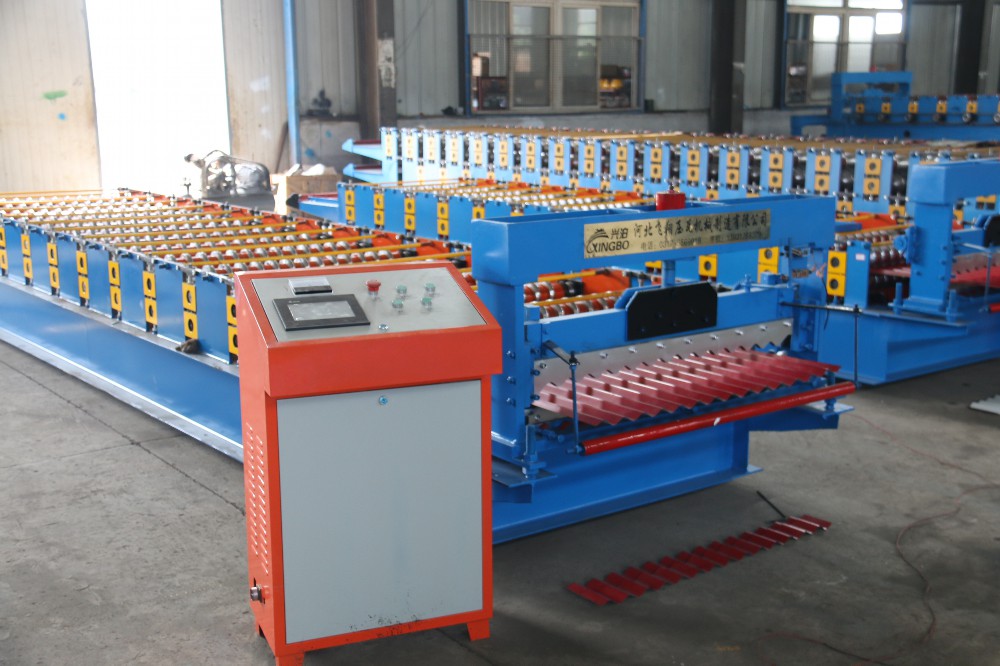How to design a roll forming machine?: A Comprehensive Guide
Roll forming machines are essential in the manufacturing industry for creating complex metal profiles with high precision and efficiency. Whether you are new to the industry or looking to upgrade your current machine, designing a roll forming machine requires careful consideration of various aspects. In this article, we will guide you through the process of designing a roll forming machine, covering everything from initial planning to the final production. So, let's get started!
1. Understanding the Basics of a roll forming machine
Before diving into the design process, it is crucial to have a clear understanding of roll forming and its principles. Roll forming is a continuous bending process where a strip of metal passes through a series of rolls to gradually shape it into the desired profile. By understanding the basics of roll forming, including the material properties, roll tooling, and the overall process, you will be better equipped to design a machine that meets your specific requirements.
2. Defining Your Production Needs
Every roll forming machine is designed to meet specific production needs. Therefore, it is essential to clearly define your production requirements before starting the design process. Consider factors such as the material type, thickness, width, and the desired profile complexity. Additionally, determine the required production speed, as it will influence various design aspects, including the number of roll stations and the drive system.
3. Selecting the Right Materials for a roll forming machine
The selection of materials plays a crucial role in the design of a roll forming machine. The machine's frame and structural components should be made from high-quality materials to ensure stability, rigidity, and durability. Similarly, the rolls and tooling should be made from wear-resistant materials to withstand the continuous bending process without significant wear and tear. Consider consulting with material experts to select the most suitable materials for your specific application.
4. Designing the Roll Tooling of a roll forming machine
The roll tooling is a critical component of a roll forming machine as it determines the final shape of the profile. Designing the roll tooling involves careful consideration of factors such as the number of roll stations, roll diameters, and the distance between them. Additionally, the selection of various roll forming techniques, such as pre-punching, pre-cutting, and post-cutting, should be based on the desired profile and production requirements.
5. Incorporating Advanced Control Systems
Modern roll forming machines often incorporate advanced control systems to enhance productivity, efficiency, and overall performance. These systems enable precise control of various machine parameters, such as roll positioning, speed, and material feeding. Additionally, they can provide real-time monitoring and diagnostics, allowing for quick identification and resolution of potential issues. Consider integrating advanced control systems into your machine design to maximize its capabilities.
6. Ensuring the Safety and Ergonomics of a roll forming machine
Safety should be a top priority when designing a roll forming machine. Ensure that the machine is equipped with safety features such as emergency stops, protective guarding, and interlocking systems. Additionally, consider ergonomics to create a machine that is user-friendly and easy to operate and maintain. Proper ergonomics can significantly reduce operator fatigue and increase productivity.
7. Optimizing the Material Handling System
The material handling system of a roll forming machine is responsible for feeding the metal strip into the machine and guiding it through the rolls. Designing an efficient material handling system is essential for achieving consistent and precise profile dimensions. Consider factors such as the type of material feeding (manual or automated), the use of entry and exit guides, and the incorporation of straightening and leveling systems to optimize the material handling process.
8. Evaluating Production Costs of a roll forming machine
Designing a roll forming machine involves evaluating the production costs associated with the machine's operation and maintenance. Consider factors such as energy consumption, tooling costs, and maintenance requirements. By carefully evaluating the production costs, you can make informed design decisions that optimize efficiency and minimize long-term expenses.
9. Prototype Testing and Validation
Before finalizing the design, it is crucial to conduct prototype testing and validation. Building a prototype allows you to assess the machine's performance, identify any design flaws or improvements, and make necessary adjustments. Prototype testing also provides an opportunity to validate the machine's capabilities and ensure it meets the desired production requirements.
10. Collaborating with Experts in a roll forming machine
Designing a roll forming machine can be a complex process, requiring expertise in various fields. Consider collaborating with experts in roll forming machine design, material selection, and control systems. Their knowledge and experience can greatly contribute to the success of your machine design, ensuring that it meets industry standards and achieves optimal performance.

